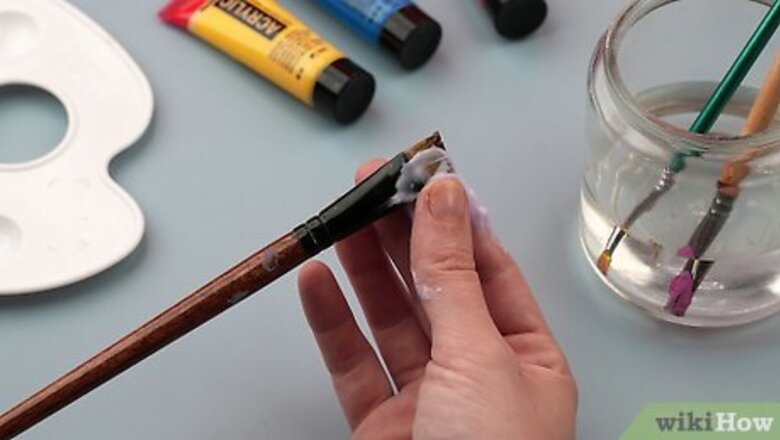
views
White vinegar and conditioner
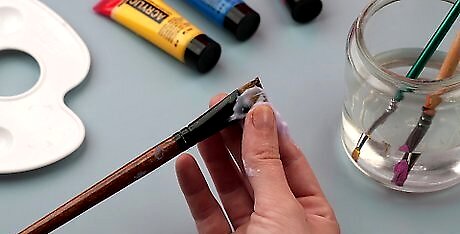
A soak in hot vinegar breaks apart bristles to make any brush soft again. Heat up enough distilled white vinegar in a pot to coat the brush bristles. Set the brushes in a heat-safe container and pour the vinegar over the bristles. Leave your brushes to soften for 20–30 minutes. Then, scrape out any paint in the brush with a comb and just rinse the vinegar out. Rub a pea-sized amount of hair conditioner on the bristles to make them soft again. Wrap the bristles in a plastic bag for 1 hour after applying the conditioner so it absorbs deeper. You do not have to rinse the conditioner out of the brush.
Dish soap
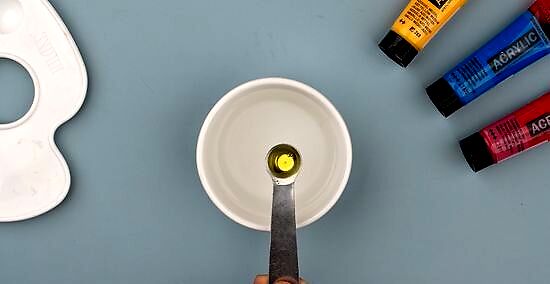
Dish soap effectively breaks down hardened water-based latex paint. Add a squirt of dish soap to a small bowl of hot water and mix it well until it suds up. Swish the brush in the soapy water and work the bristles apart gently with your fingers. Once you clean out all of the paint, give your brush a rinse and shake out the excess water. Avoid using dish soap on natural-hair paintbrushes meant for oil paint since you could damage the bristles.
Fabric softener
Water-based paint dissolves off the bristles with fabric softener. Add ⁄2 cup (120 ml) of liquid fabric softener to 1 gallon (3.8 L) of warm water. Swish a brush caked with acrylic or latex paint through the solution for 10 seconds to help loosen the paint and soften hardened brush bristles. Run your fingers through the bristles to ensure they don’t have any leftover paint. You can use laundry detergent if you don’t have any fabric softener. You don’t need to rinse your brush after using fabric softener since it actually helps prevent paint from sticking to the bristles the next time you use it. Fabric softener also works to soften new or dried out brushes.
Acetone
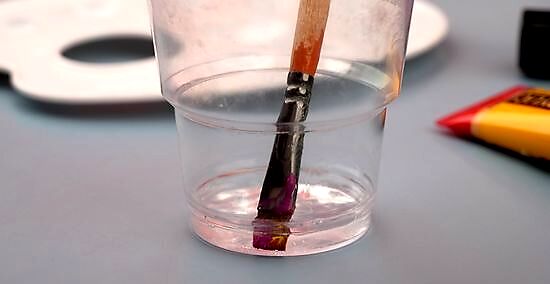
Give acetone a try to make water-based paint slide off the bristles. Set your paintbrush in a plastic cup and pour acetone in to cover the bristles. Let the acetone soak into the bristles overnight so it can soften the hardened paint. After that, run a comb through the bristles to get any paint residue out and make the bristles flexible again. In a pinch, you can also use nail polish remover since it normally contains acetone. If there’s still some stubborn pain in the bristles, try soaking your brush in acetone overnight again.
Rubbing alcohol
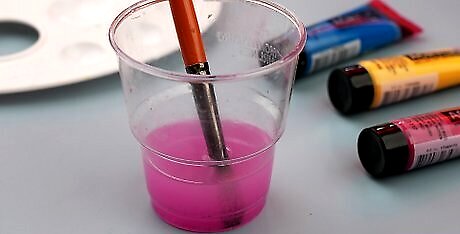
Rubbing alcohol can break down stubborn water-based paints. Fill a cup or bowl with enough rubbing alcohol to completely submerge the brush bristles. Set your brushes in the rubbing alcohol for a few minutes until the paint colors start to run and the bristles feel less stiff. Use a dry cloth to clean off any paint that’s still stuck in the brushes so they feel soft again. If the bristles feel dried out after using rubbing alcohol, rub some soapy water on them when you finish cleaning.
Baby oil
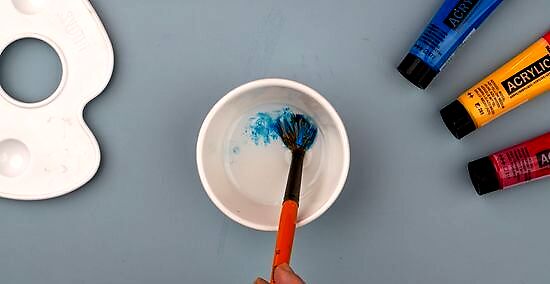
Baby oil works best for cleaning and softening brushes caked with oil paint. Dab the brush bristles in baby oil so they’re completely coated. Gently work the oil deep into the bristles with your fingers or a clean cloth to soften the paintbrush. Push any paint residue down to the tips of the bristles so it falls off. When you finish, give your brushes a quick rinse with soapy water. You can instead use coconut oil or linseed oil made for cleaning paintbrushes.
Mineral spirits or paint thinner
Rely on paint thinner if other natural cleaners aren’t working. Since mineral spirits and paint thinner are chemical cleaners, use them as a last resort. Pour the spirits or thinner into a clean bucket and set the brush bristles in it to soak for 20–30 minutes. After that, work the bristles with a soft brush to remove the excess paint. Then, just rinse the brush with clean water and let it dry. You can use mineral spirits or paint thinner to clean acrylic brushes or oil brushes. Paint thinner can irritate your skin, and it produces harmful fumes. Work in a well-ventilated area and wear a respirator and rubber gloves when you work with it so you stay safe. Paint thinners can damage brushes and make the bristles fall out after repeated uses.
Brush comb

A brush comb removes hardened paint or breaks apart stiff bristles. A brush comb has long metal tines that clean out residue and straighten the bristles. Poke the tines into the bristles where they connect to the handle and slowly pull the comb towards the end of the brush. Work through all of the bristles until you clean out all of the paint. Just make sure that you don’t pull the comb too forcefully since it could loosen the bristles and make them fall out.












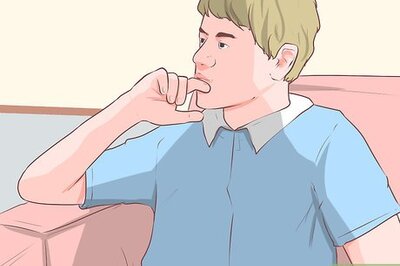


Comments
0 comment